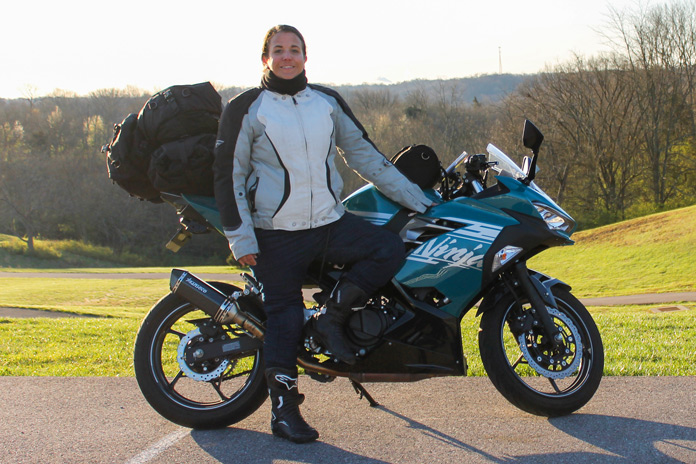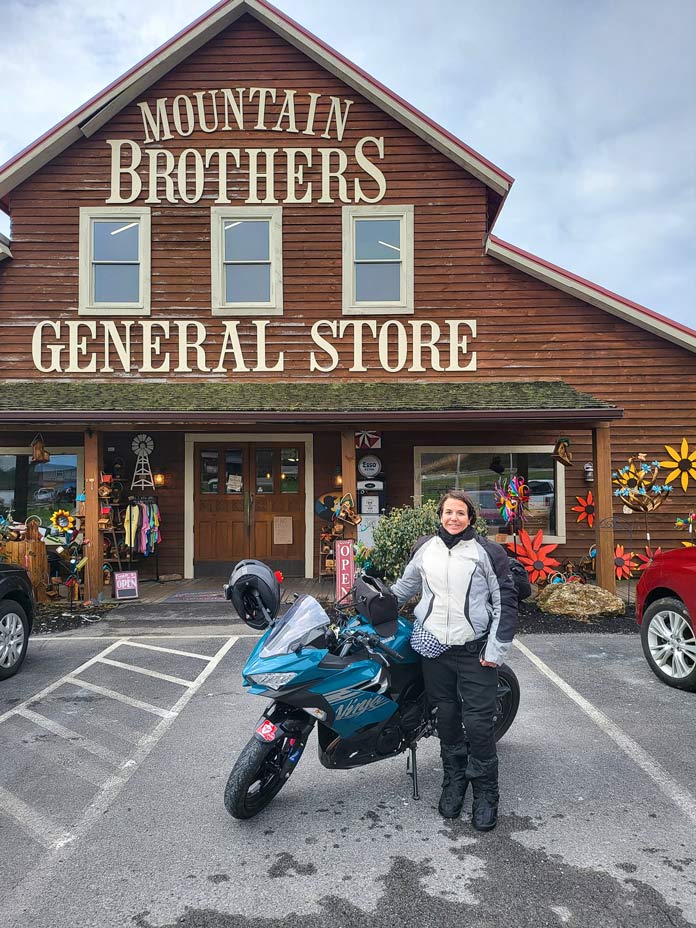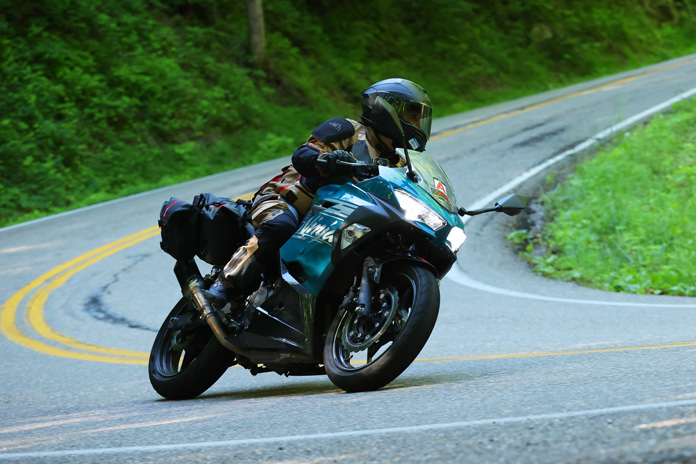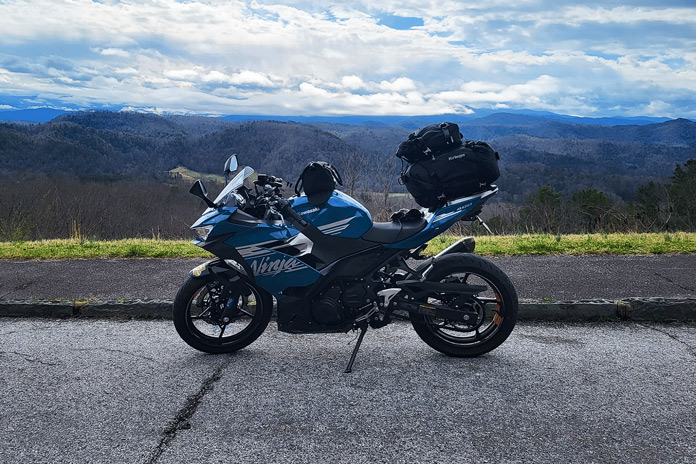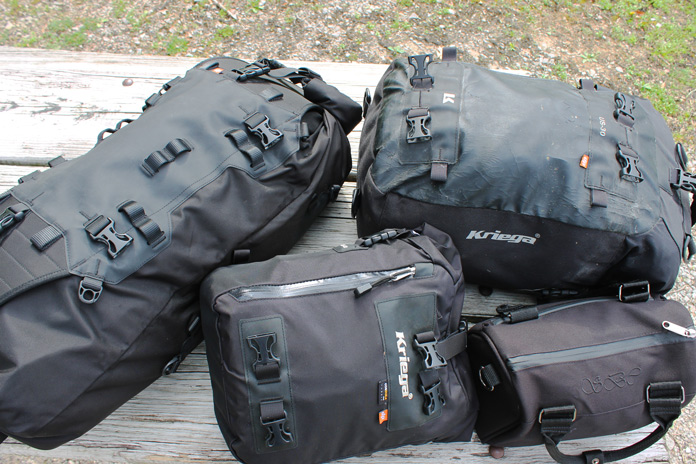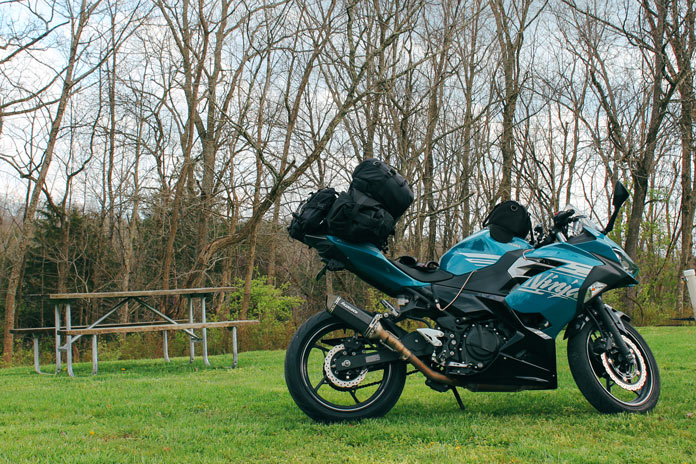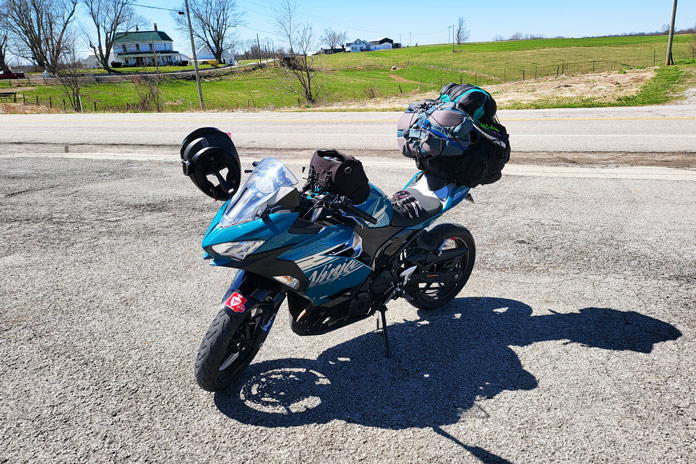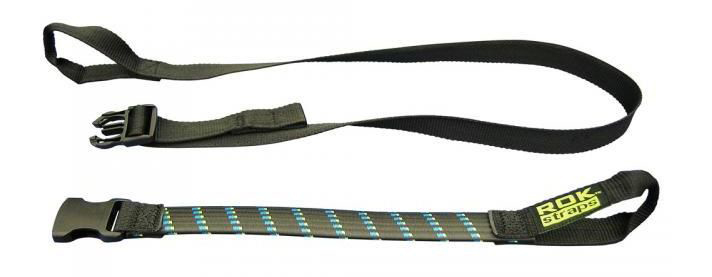When you travel by motorcycle, people like to tell you about how they could never tour or camp on a bike. From non-motorcyclists, I typically hear that their fears or lack of confidence would prevent them from ever touring.
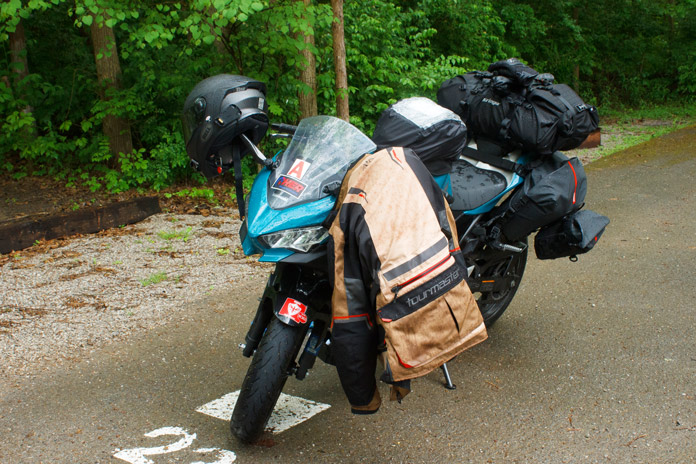
For motorcyclists, those worries don’t come up as often – motorcycle riding tends to require (and breed) a sense of fearlessness and confidence in and of itself. What I hear from fellow motorcyclists is that their equipment holds them back from touring or moto camping. In other words, because they don’t have the “right” bike!
Unlike their adventure brethren with high-towering suspensions and readily available luggage racks or touring motorcycles with plenty of space and smooth highway capability, sportbikes and other types of motorcycles are unfit for motorcycle travel – or so it may seem.
As someone who got her touring start on a Kawasaki Ninja 400, I can attest that it is not only possible to travel longer distances on a small-displacement sportbike but even enjoyable. The biggest issue is luggage space, and there are solutions.
Why Is Space an Issue?
Sportbikes are inherently shorter and squatter than adventure bikes, dual-sports, or enduros, with a shorter wheelbase and lower center of gravity. This means less physical space for luggage to sit. Add to that the lack of stock panniers, saddlebags, or even luggage racks – not to mention luggage manufacturers’ propensity to leave sportbikes off the list of aftermarket racks – and you’re left scratching your head as to where to put your gear.
The solution is twofold. Find the best luggage you can attach to your bike with ingenuity, while making your gear as small as possible.
Best Luggage Possible
For my first motorcycle tour, I stayed at a friend’s house near the Great Smoky Mountains in Tennessee. I had equal parts enthusiasm and cluelessness, but I knew I needed a way to transport my belongings.
After asking around, I found a friend willing to loan me their 30L Kriega Drypack. My husband had a 10L of the same brand, and I was able to easily attach the larger pack to the included straps under my seat and the smaller one to the other pack.
See all of Rider‘s luggage reviews here.
I learned my first motorcycle packing lesson that trip – it’s always harder to repack on the way home, especially if you bought a few too many souvenirs. On that Tennessee trip, my bags were bursting at the seams to begin with, so I don’t know what I was thinking when I purchased additional items. I ended up asking my friend to mail those items to my house!
Having loved my experience with my friend’s Kriega, I purchased two of my own Drypacks – a 40L and a 30L. I stacked them up the same way I had the 30L and 10L but not with the same result. My center of gravity was off, and the ride, especially at low speeds, was uncomfortable.
This high center of gravity was alleviated with the addition of some Sedici universal saddlebags. My first attempt at using them was less than ideal, as they sagged and touched my Ninja 400’s exhaust, burning a hole and melting my toiletries. Some adjustments helped stop the sagging, and they tended to be easier to ride with than the leaning tower of Kriega I had before.
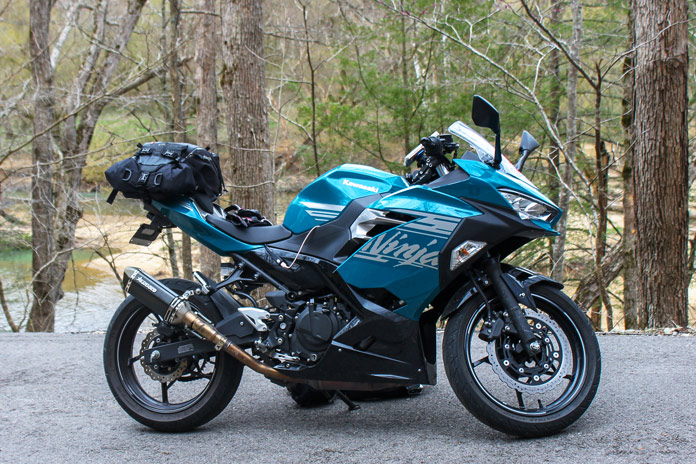
Smallest Gear Possible
If you think you’re going to fit a full kit of car camping gear on your motorcycle, you might be disappointed with the result. It’s important to purchase gear fit for the occasion. Unfortunately, there aren’t as many motorcycle-specific camping gear options for sale, especially in brick-and-mortar shops. What to do?
Luckily for us, a different group of adventurers also require packing compactly – backpackers. Given that their body is the vehicle for their kit, backpackers have an eye for getting the lightest, smallest, most packable gear possible. What fits on a person’s back may very well fit on your motorcycle just as well. Shop at outdoor and camping stores like REI and Sportsman’s Warehouse for backpacking essentials.
Saving space wherever possible is the name of the game, which is made easier with the ability to compress. Clothing or other soft items can be shrunk down to a fraction of their size using packing cubes. These zippered contraptions allow you to squeeze out all the air, saving you precious space. Compression sacks are another useful tool for squishy items like sleeping bags.
Some riders use cargo nets to secure their gear, but I won’t use one again. On my first moto camping trip, I used a cargo net to hold my sleeping bag (compressed in a stuff sack) onto one of my Kriega Drypacks. On the curvy backroads in Kentucky, it shifted back and forth with every turn.
A fellow motorcyclist whom I met on the road suggested Rok Straps, and I had ordered four on my phone before our conversation ended. These ingenious straps, which combine a wide bungee strap with a non-stretchable adjustable nylon strap with a quick-release buckle and webbed loops on each end, allow you to tie anything down securely. They can be used to tighten down soft luggage or to secure items to racks or pillion seats. I rarely ride without them, even when I’m not on a trip. You never know when you might need to buy something that doesn’t fit in your tank bag.
Related: Precious Cargo: The Art of Carrying Stuff on a Motorcycle
Touring or moto camping can be an exciting and even life-changing experience, regardless of what type of motorcycle you own. No one should let the myth that only certain types of motorcycles are capable of touring stop them from experiencing the thrill of a moto trip. I’m the case in point that it’s possible.
The post Touring on a Sportbike appeared first on Rider Magazine.
Source: RiderMagazine.com

